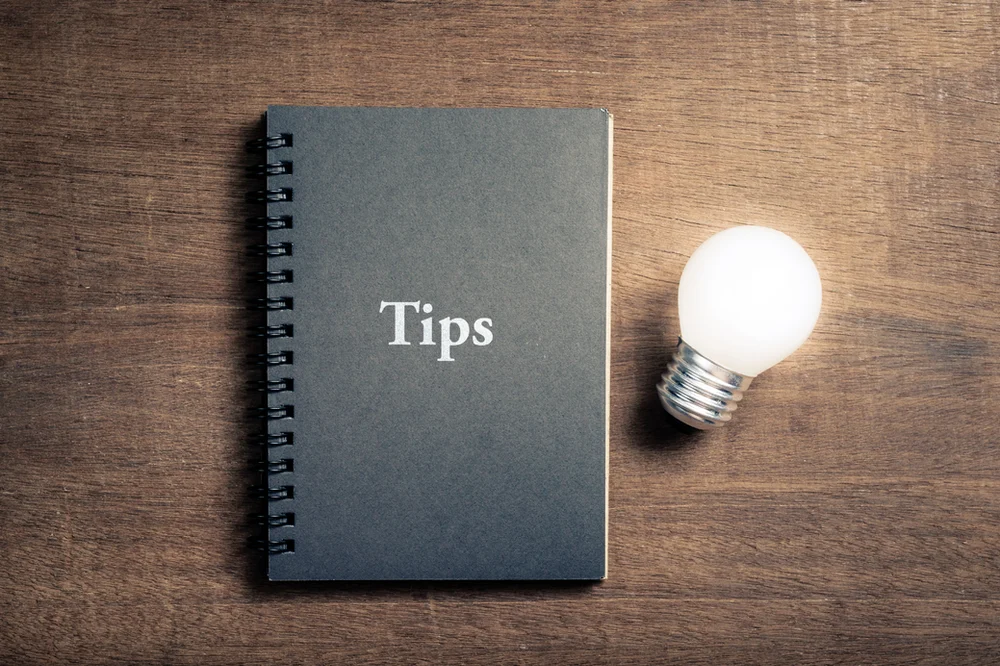
When it comes to building your new home or cottage, there is one thing you will never be able to change and that’s the location. If you don’t already own your land, you’ll need to find it before narrowing down the type and size of home you can build. It is recommended that you look for your ideal property as a first step on your building journey. Not every type of land is conducive to every type of home. You’ll need to find a lot that is suitable for the type of home you intend to build and in a location or community that meets your needs.
Whether you’re building your retirement home or your weekend cottage getaway, you should put the same level of care into property selection that you do for every other aspect of your project.
Work with a good and reputable local realtor to assist you in your search and conduct a survey of the property prior to finalizing the purchase. This will allow you to fully understand what you’re buying and whether or not the land is suitable for the type of home you envision.
Regardless of the type of home you’re constructing, there are a series of factors to consider when choosing a property for your future build, and it can impact every aspect of the project—from timeline to budget.
1. Think About Your Budget
If you don’t already own the land, keep a potential budget for the entire endeavor in mind when selecting your property as the cost of the land will impact what you can spend on your build. If you spend more on a piece of property than you originally intended to, you will need to find a way of cutting costs somewhere else in your budget.
2. Choose an Appropriate Size Lot
Make sure that your lot can accommodate the size of house that you are planning to build. There is potential risk of running into zoning restrictions such as maximum building height, maximum lot coverage, and setbacks from property lines. You’ll also want to consider proximity to your neighbours and the amount of land you can enjoy.
3. Consider Property Orientation
While you may not think orientation matters, if you want the sunrise and the sunset every day, and you’re on a body of water then you’ll want a southwest facing property and home.
4. Property Accessibility and Restrictions
When it comes to the accessibility of the property and restrictions, there is much to consider. You’ll want to explore with your realtor or the municipality to identify any rights of way, deeded access or easement issues. If you’re thinking of adding a boathouse, are you allowed to and are there size restrictions? Also consider if the property is water access only. These properties can be complicated and expensive to build when it comes to getting trade contractors and materials to their destination.
5. Explore Potential Water Issues
If purchasing land on a lake, look at the water quality on the lake datasheets, especially if you plan to draw from the lake water. These are all available online. You’ll want to look for whether the:
- Lake is spring fed or contains high phosphorus content
- Property is close to a swamp or marshland which could be very buggy in the spring and summer months
Lake has a sandy or rocky bottom. Rocky bottoms aren’t always the easiest on the feet, while some sandy bottoms feel more muddy
If you don’t already have a property, be sure to work with a local realtor and consider these important elements before moving ahead with your purchase.
If you’re looking for more tips on building your dream home or cottage, download our new 7-Step Guide to Building Your Dream Home or Cottage. GET IT HERE >>


